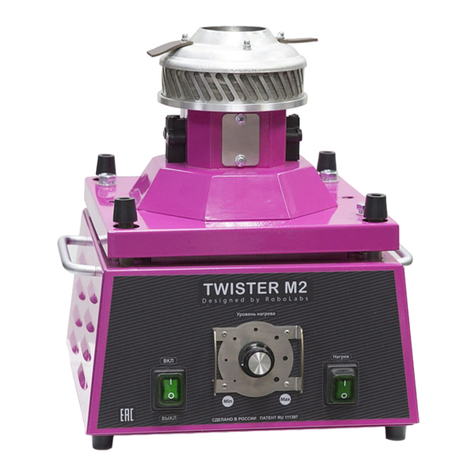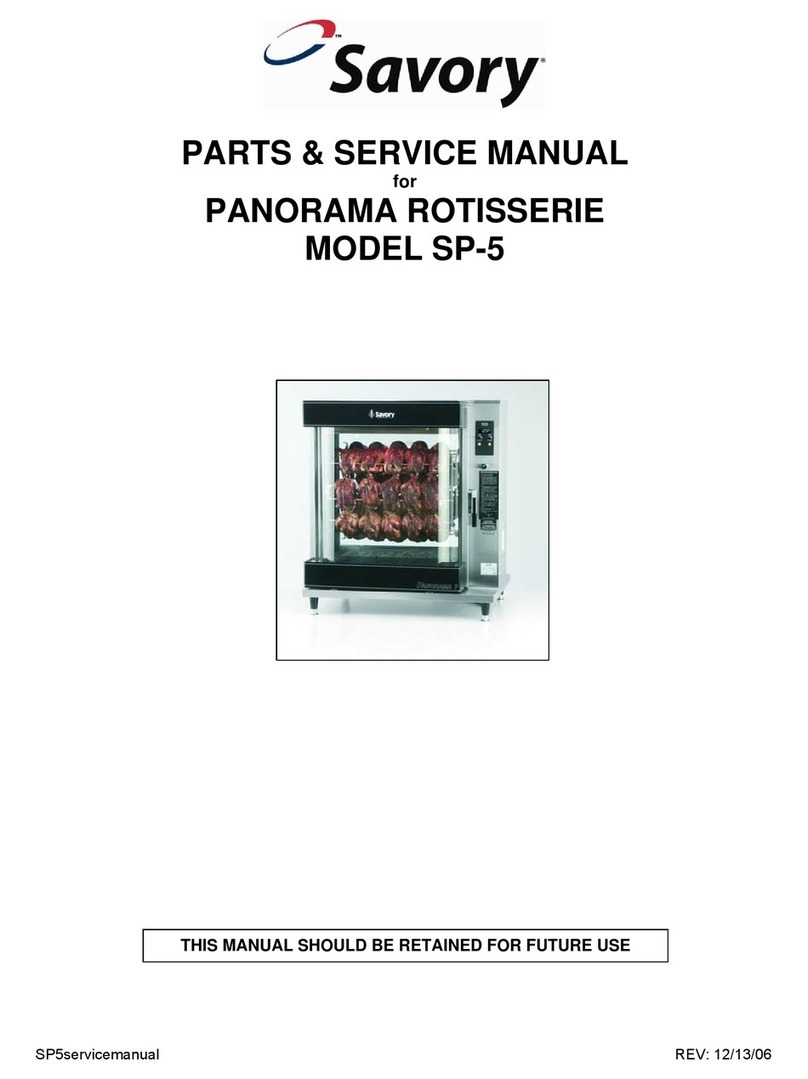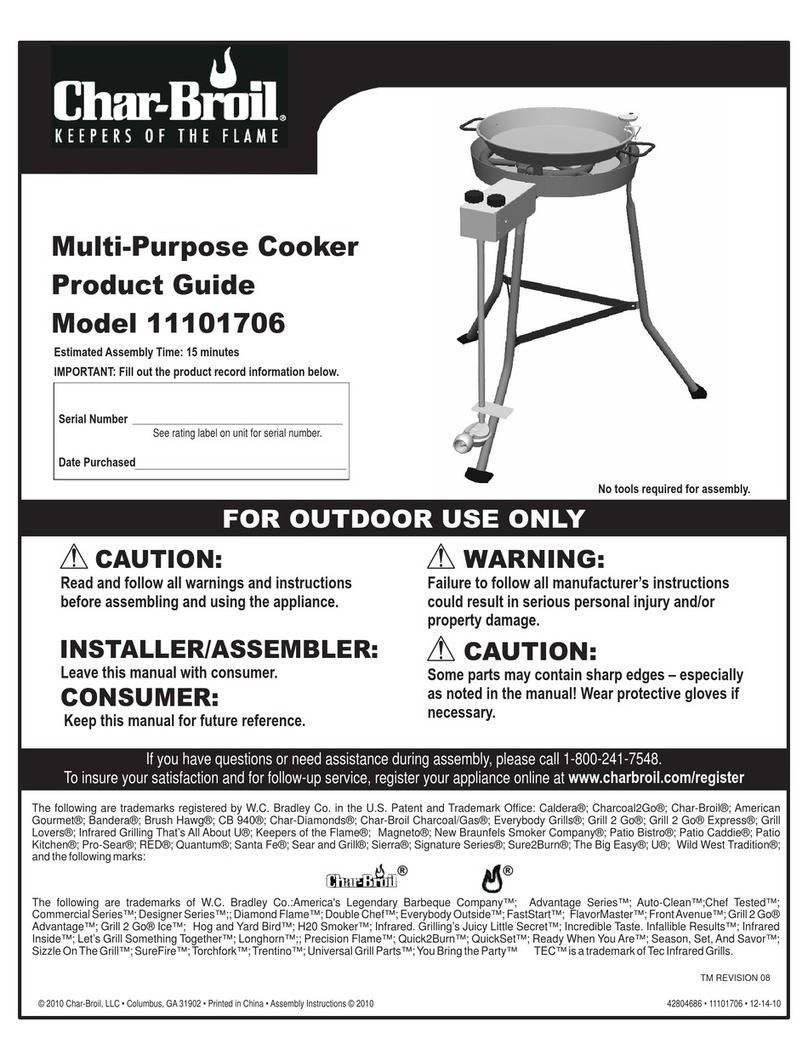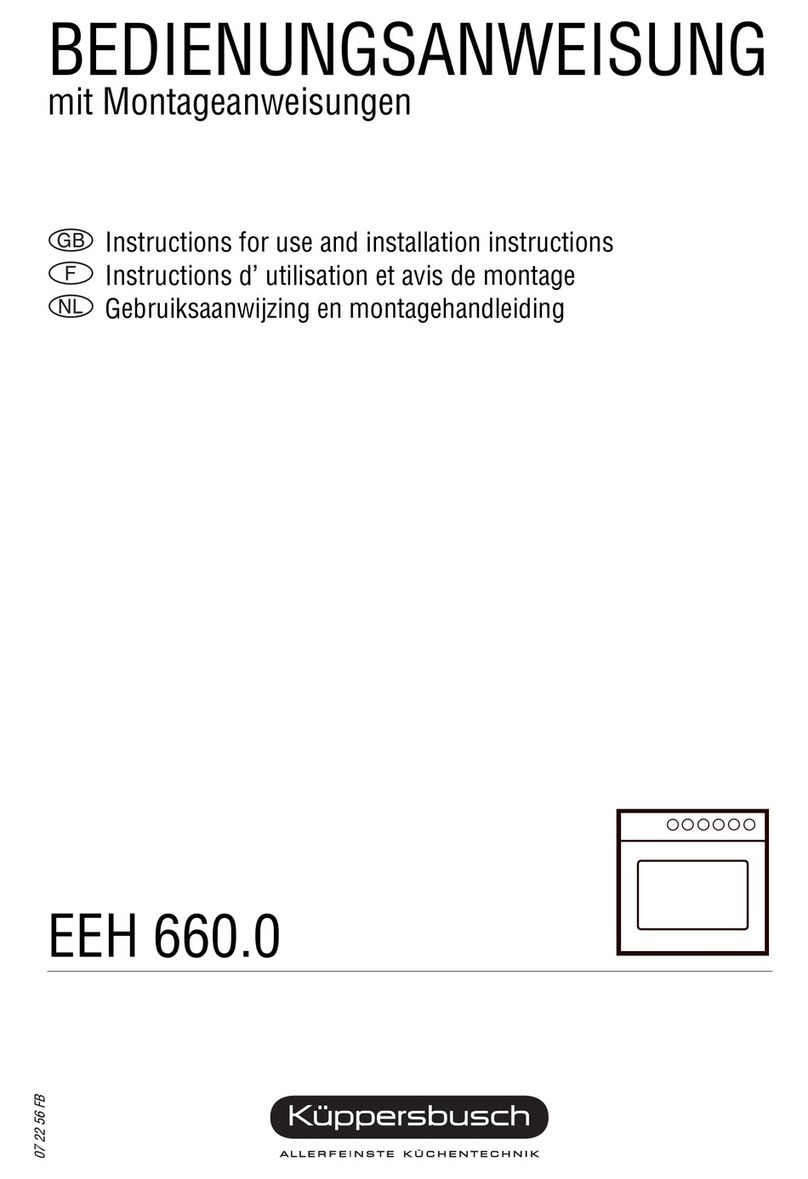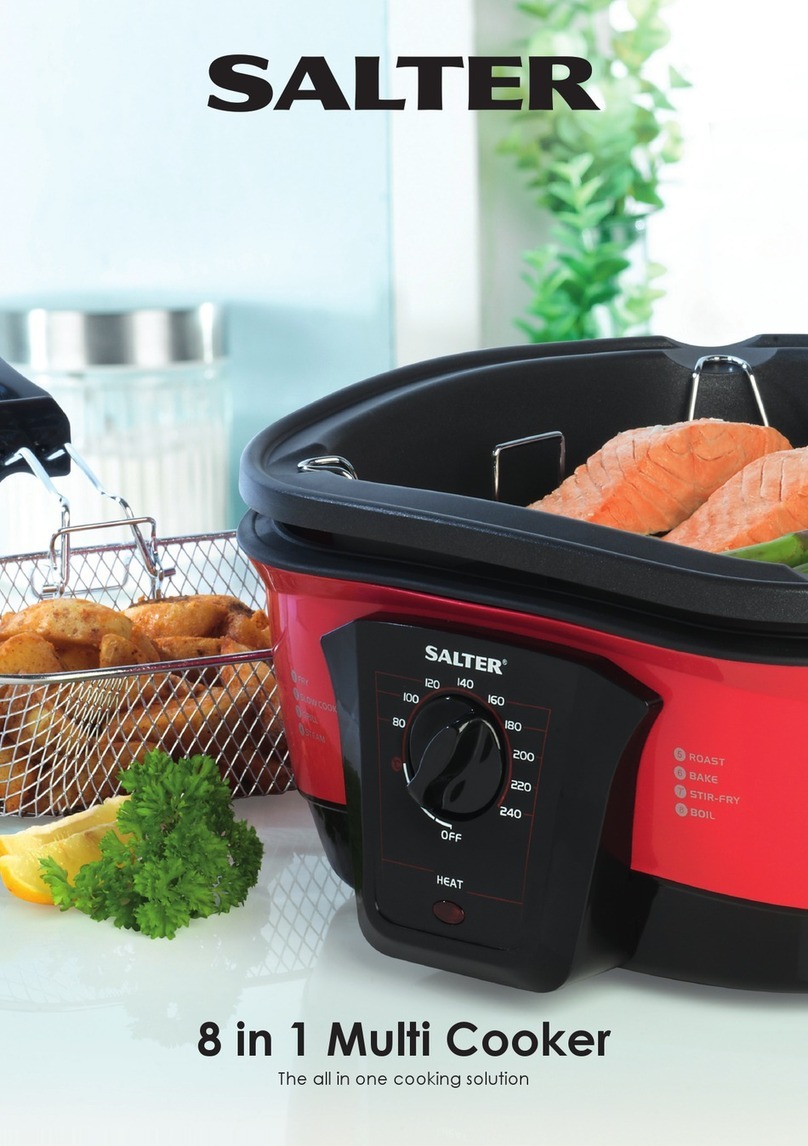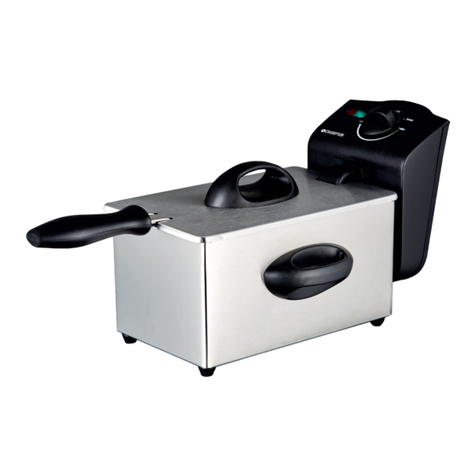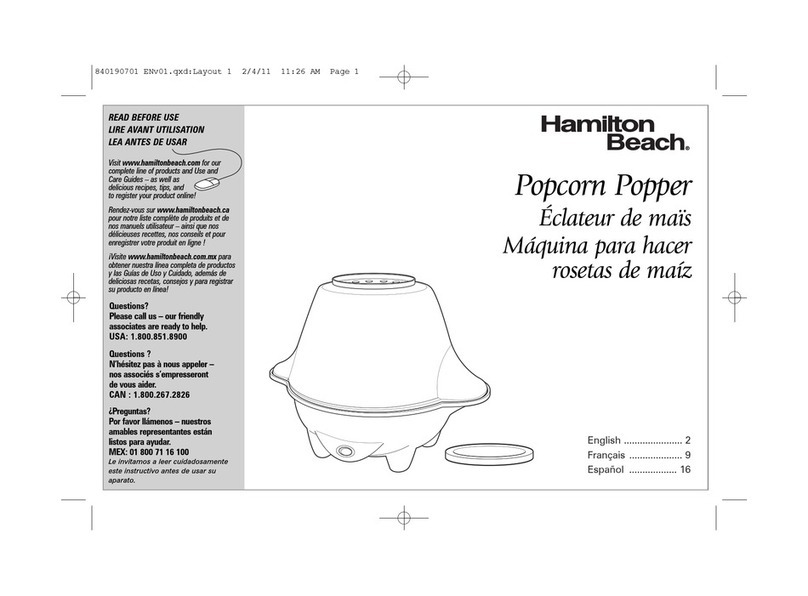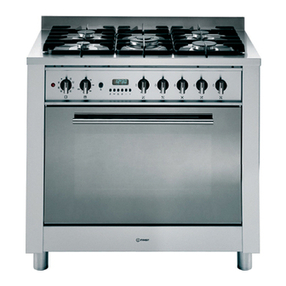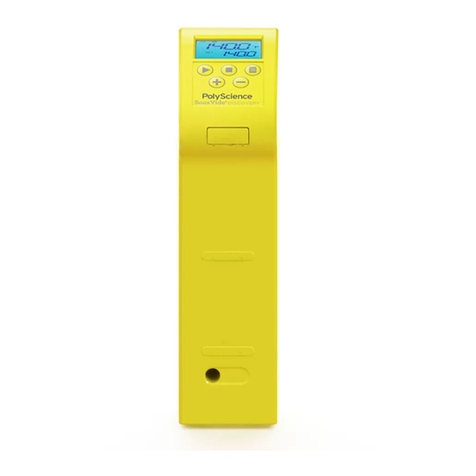RoboLabs ROBOJETFLOSS User manual



















Other manuals for ROBOJETFLOSS
1
This manual suits for next models
5
Table of contents
Other RoboLabs Kitchen Appliance manuals

RoboLabs
RoboLabs ROBOPOP 60 User manual
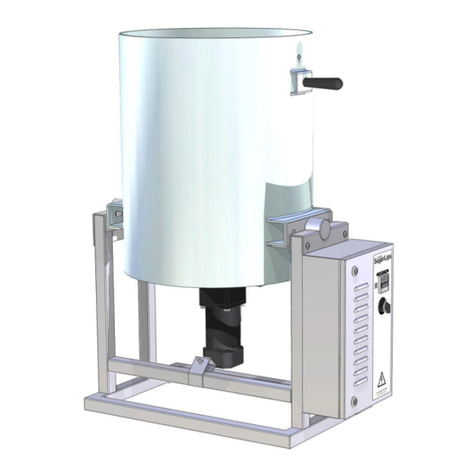
RoboLabs
RoboLabs SUGARLIPS 20 User manual

RoboLabs
RoboLabs ROBOJETFLOSS ACB-09-120 User manual
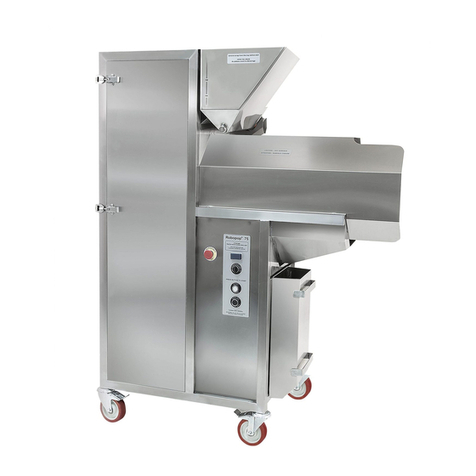
RoboLabs
RoboLabs Robopop 75 User manual
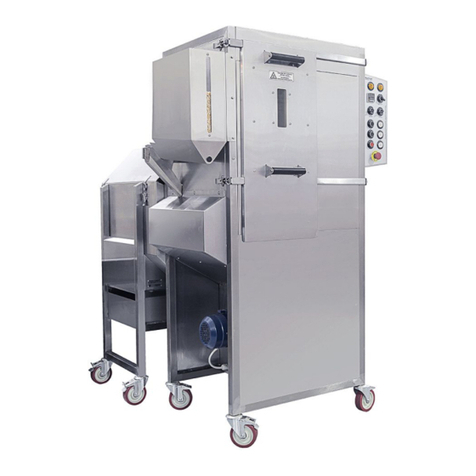
RoboLabs
RoboLabs Grand Robopop 220 User manual
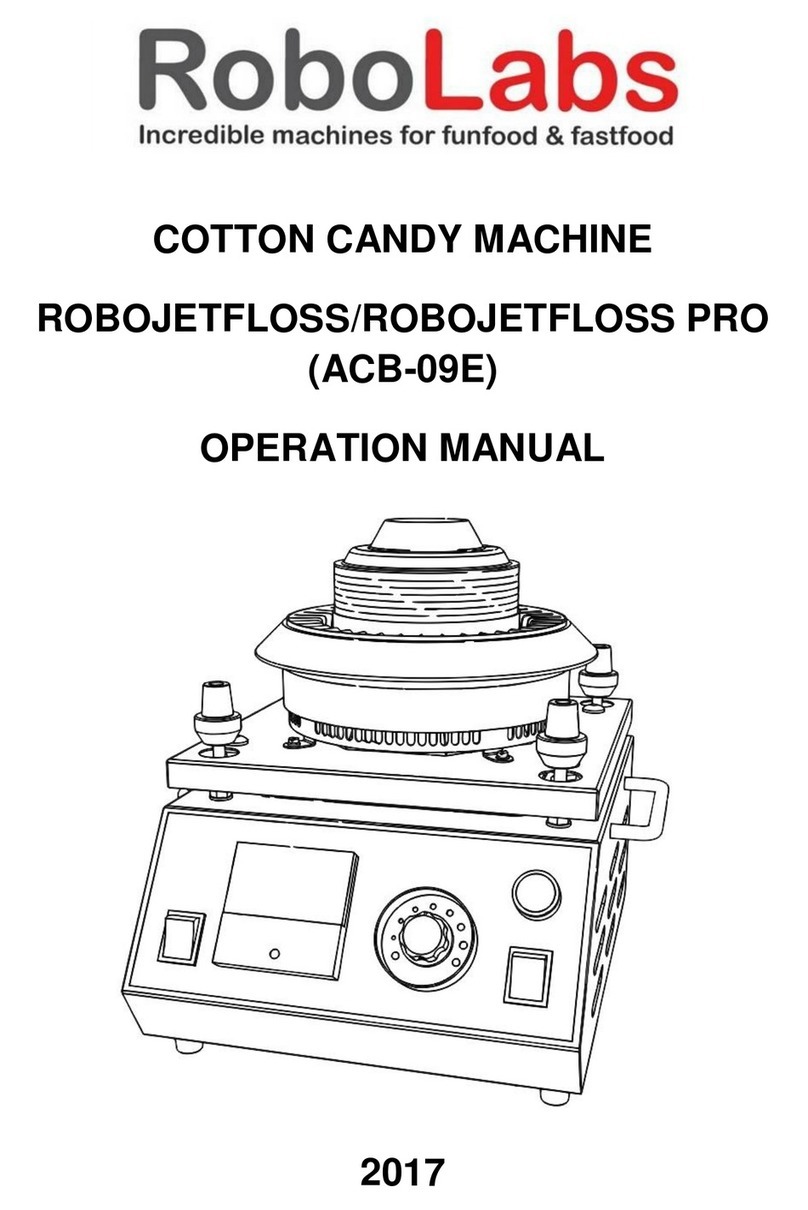
RoboLabs
RoboLabs ROBOJETFLOSS User manual

RoboLabs
RoboLabs ROBOMIX MINI User manual
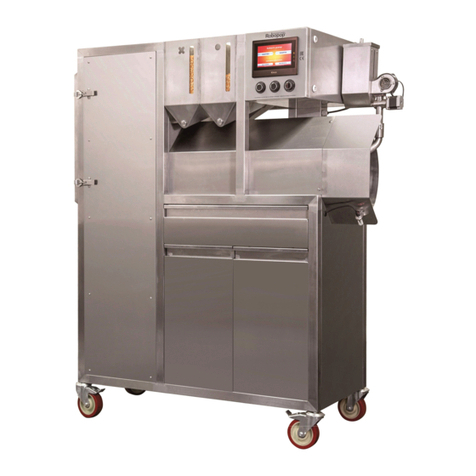
RoboLabs
RoboLabs Vortex Popcorn Robopop 60 Operating manual
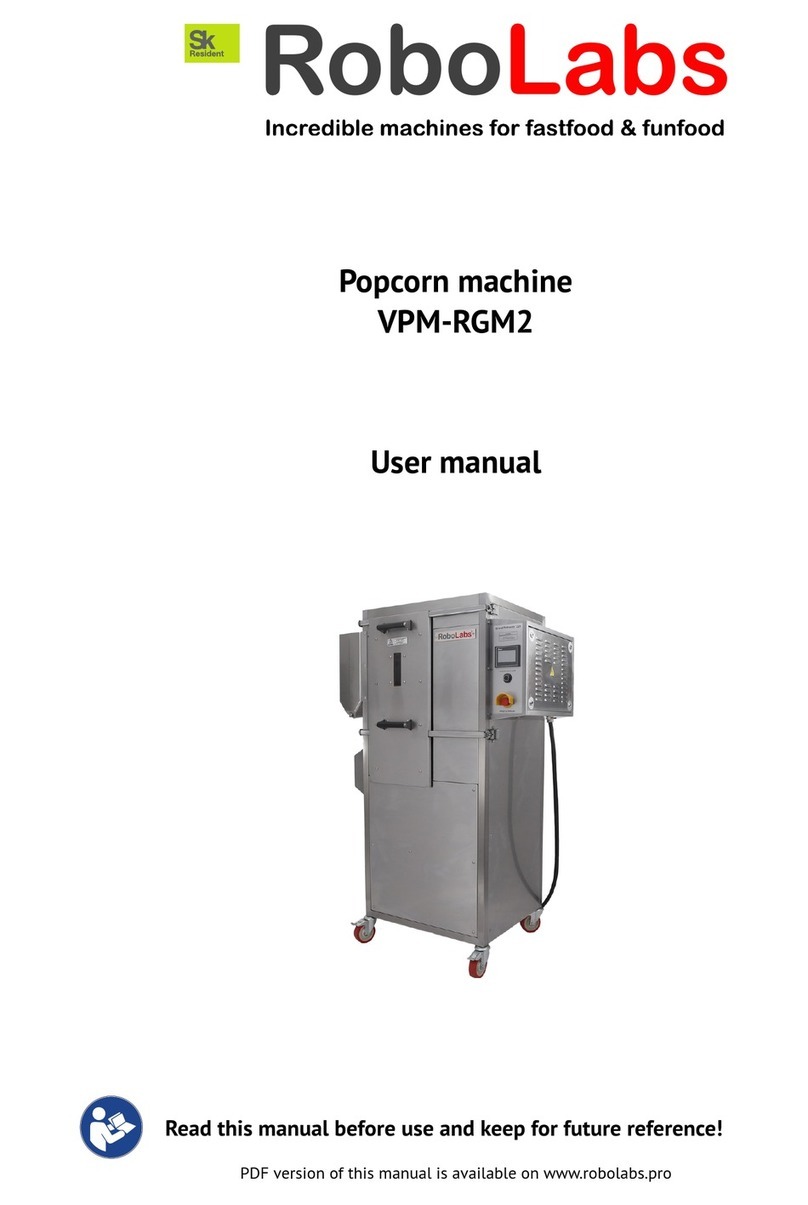
RoboLabs
RoboLabs VPM-RGM2 User manual
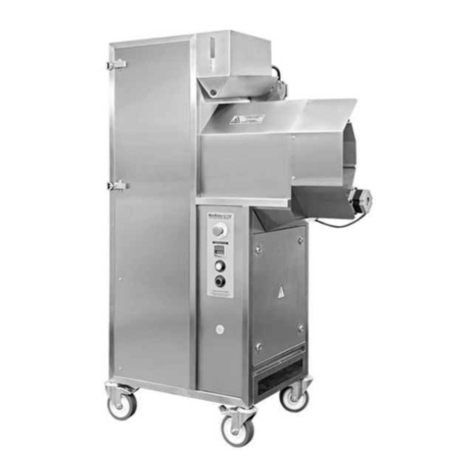
RoboLabs
RoboLabs MINI ROBOPOP 25 User manual
Popular Kitchen Appliance manuals by other brands
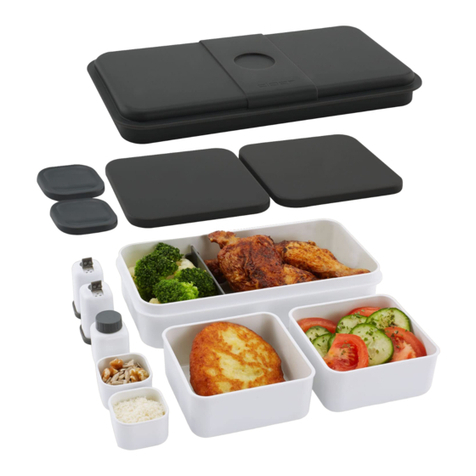
Cloer
Cloer ART-800S2-1 instruction manual
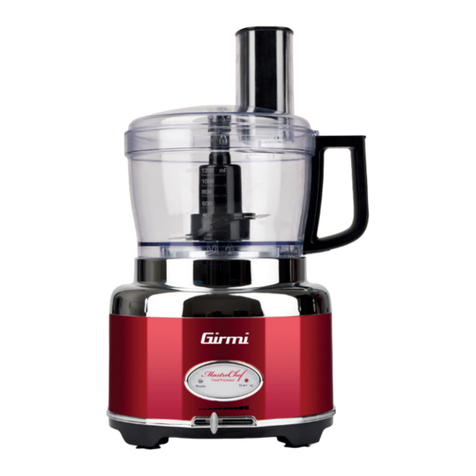
TREVIDEA
TREVIDEA Girmi RB90 user manual
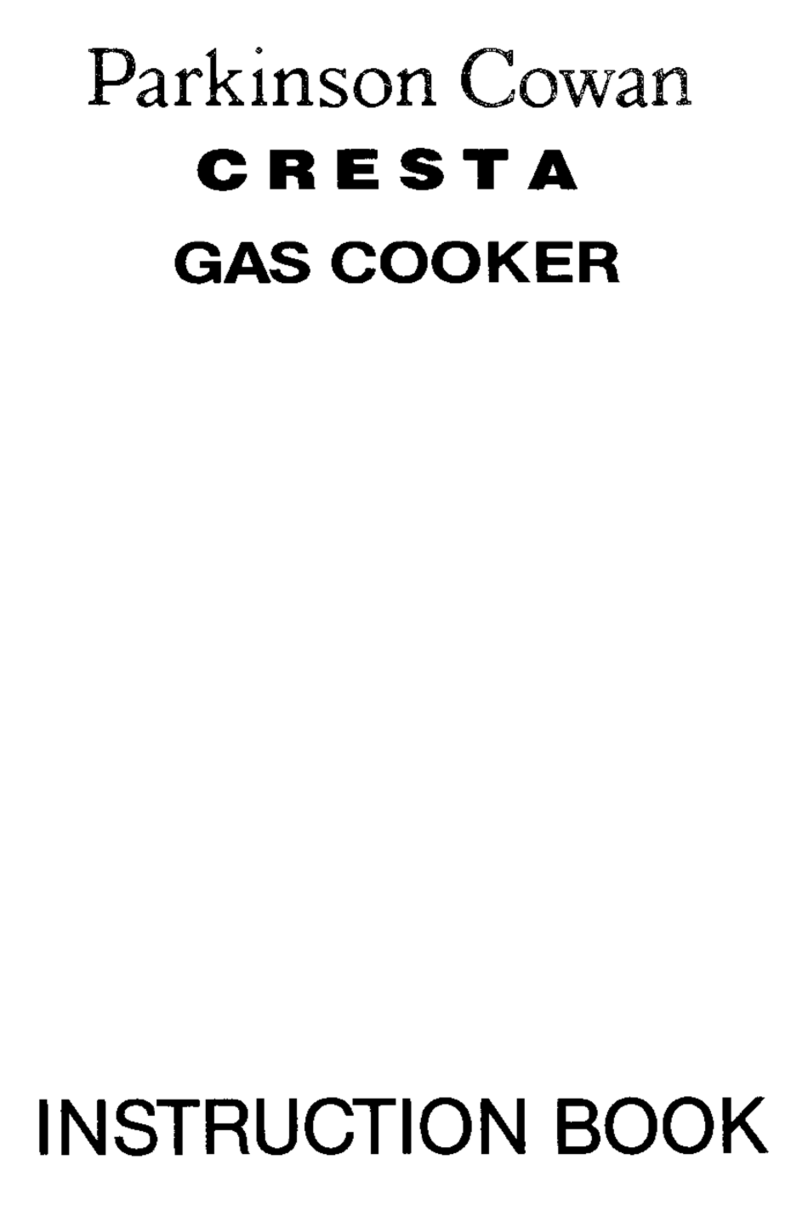
Parkinson Cowan
Parkinson Cowan CRESTA Instruction book
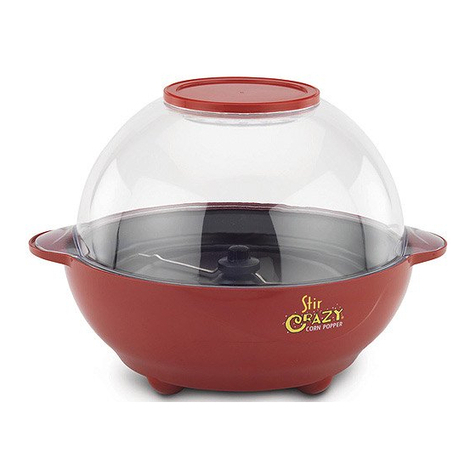
Back to Basics
Back to Basics STIR CRAZY CORN POPPER instruction manual
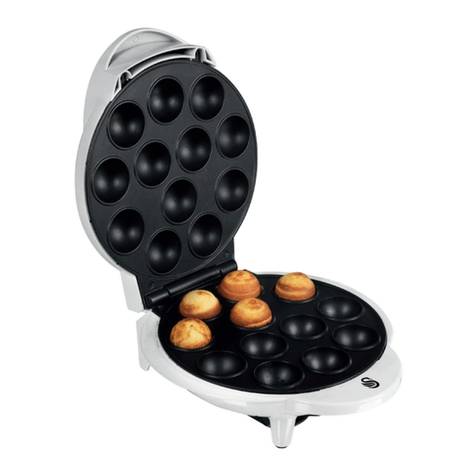
Swann
Swann SF13030N user guide
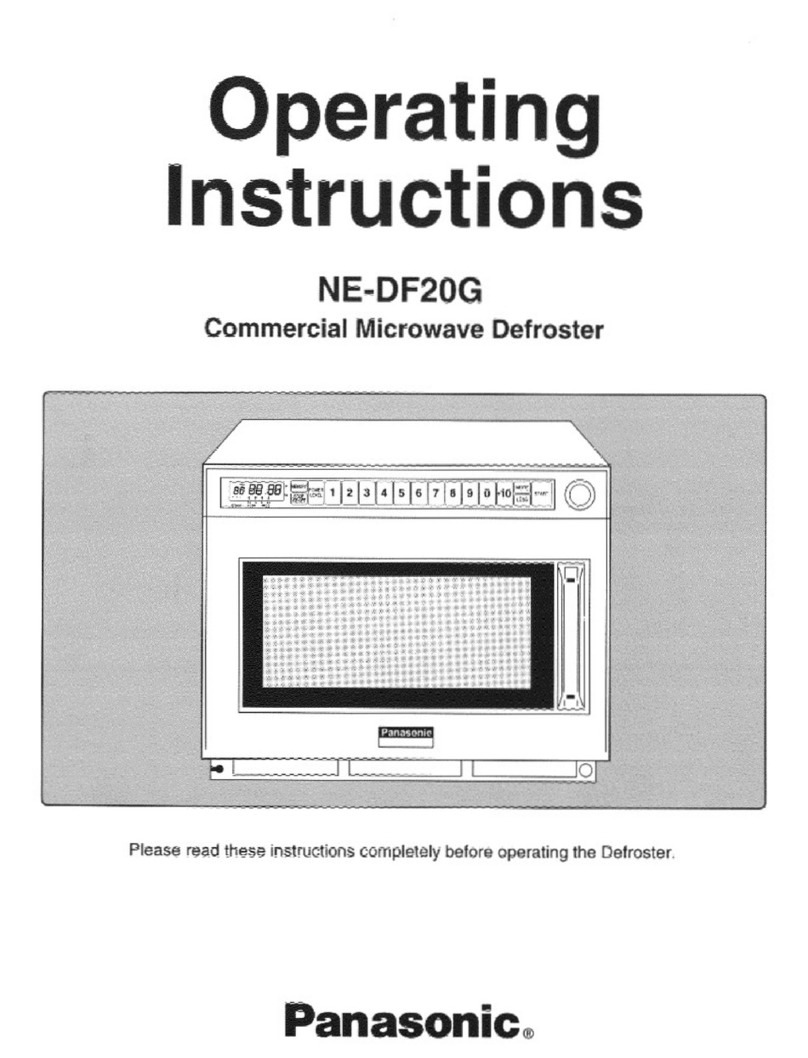
Panasonic
Panasonic NEDF20G - COMMERCIAL MICROVEN operating instructions

